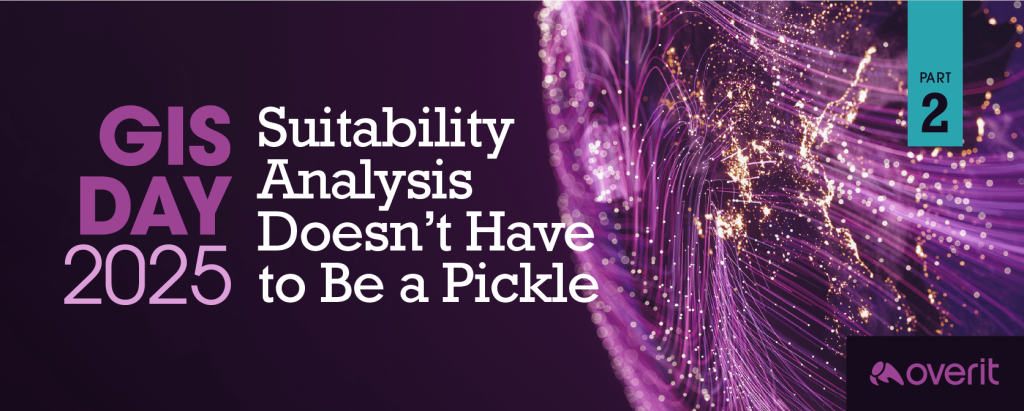
A question we hear a lot is, does traditional advertising still matter in the digital-first world? The short answer? Absolutely. But you need to be strategic. Don’t expect to create one billboard and see the new clients pouring in. So, how can you leverage traditional advertising effectively in the digital-first world? I sat down with our Media Specialist, Joe Rissacher, to learn about the latest trends in traditional marketing and pitfalls to avoid.
Trends in Broadcast TV & Radio
It’s no surprise that the share of broadcast TV is going down while streaming is going up. Many broadcast TV stations are tapping into OTT (over-the-top) 3rd-party sources where they can place your ads in addition to broadcast and cable TV. Consider adding streaming to your media mix to be sure you’re effectively reaching your audience (especially if you’re trying to reach younger folks).
However, if your target audience is age 50 or above, broadcast TV is still an effective way to get your brand in front of them. Additionally, prime-time events (such as the Oscars, Emmys, or Grammys) and live sports still bring in large and diverse audiences. Last year, we made a splash running a Super Bowl spot for NYCM Insurance to kick off its 125th anniversary.
Similar to broadcast TV, we’re seeing traditional radio usage decrease and streaming audio increase for both music and podcasts. With many people still working from home post-pandemic, they aren’t tuning into radio stations on their commutes, but instead, they’re streaming content personalized to their interests, including customized playlists, audiobooks, and podcasts.
As technology develops and gets smarter, people have more options outside traditional broadcast outlets, increasing competition. Think about how many times you switch between apps on your phone. Open Spotify. Open YouTube. Open Facebook. Check my email. Back to the podcast, I was listening to… That’s a lot of channels competing for attention.
Younger generations (Millennials and Gen Z) expect personalized and engaging content. If I’m listening to a podcast and start to hear an ad read, I skip it (or tune out if I don’t pay for Spotify Premium). Watching a video and getting bored? Just scroll away.
A traditional 30-second ad read might work for older audiences, but if you want that precious Millennial and Gen Z attention, you’ll need to think outside the box. Perhaps it’s a video or podcast collaboration with an influencer, creating something that doesn’t look or feel like an ad. Maybe it’s an interactive game, giveaway, or Snapchat filter? Seriously. Be disruptive, or don’t bother throwing your money into the void.
Our powers combined! Digital & Traditional must work together.
Just like Captain Planet said, traditional advertising works best when combined with the power of digital marketing. Using both will ensure that your message is displayed to your audience frequently, meeting them where they are. Whether that’s online searching the web, scrolling through social media, checking their email, or through traditional means in their daily lives. If your user is waiting for the bus, they may see our bus shelter ad; if they drive to work, perhaps they hear our ad on the radio or drive by a billboard. Maybe they’re watching the evening news and see our ad again.
This frequency is important so they can recall our brand, remember our message, and follow through with our CTA. You should understand who your target audience is and where they spend their time so that you can get your message in front of them in the best mediums possible.
Although it can be difficult to measure an exact ROI through traditional, it’s not impossible. If during a specific time period, you run a certain type of traditional media, and you see an increase in organic and/or direct traffic and conversions, you can make a pretty good guess that the traditional advertising gave you a bump, and you should consider continuing this type of advertising again in the future.
Pitfalls to avoid
On the flip side, you should avoid running only one traditional media campaign unless you have digital media to run alongside it. If you’re only running, for example, one set of billboards, it may not be enough for your audience to remember your message if they only see it while they’re driving to or from their destination. That’s why digital media is a great way to reach them more frequently: the ads can serve your audience on the web wherever they are.
This approach depends heavily on your audience and their habits, but we’ve seen traditional drive a significant boost in brand awareness for companies across industries. If you’re serious about investing in your brand, it might be time to invest in traditional.
Final Thoughts on Traditional Advertising
So, will traditional advertising still matter as the world becomes increasingly digital? Here are some parting thoughts from Joe.
“Traditional means of advertising are not going away. If it’s effective for you, it all depends on your business goals, target audience, and budget. Consumers are still going to the movie theater, driving past billboards, and checking their mail. As advertising mediums increase and trends shift, we need to strategize more effectively to spend our budgets wisely.”
So until we’re all living in the Metaverse (not likely), continue to consider traditional advertising. Do your research and think outside the box. Need help brainstorming ideas? You can always book a free consultation.





